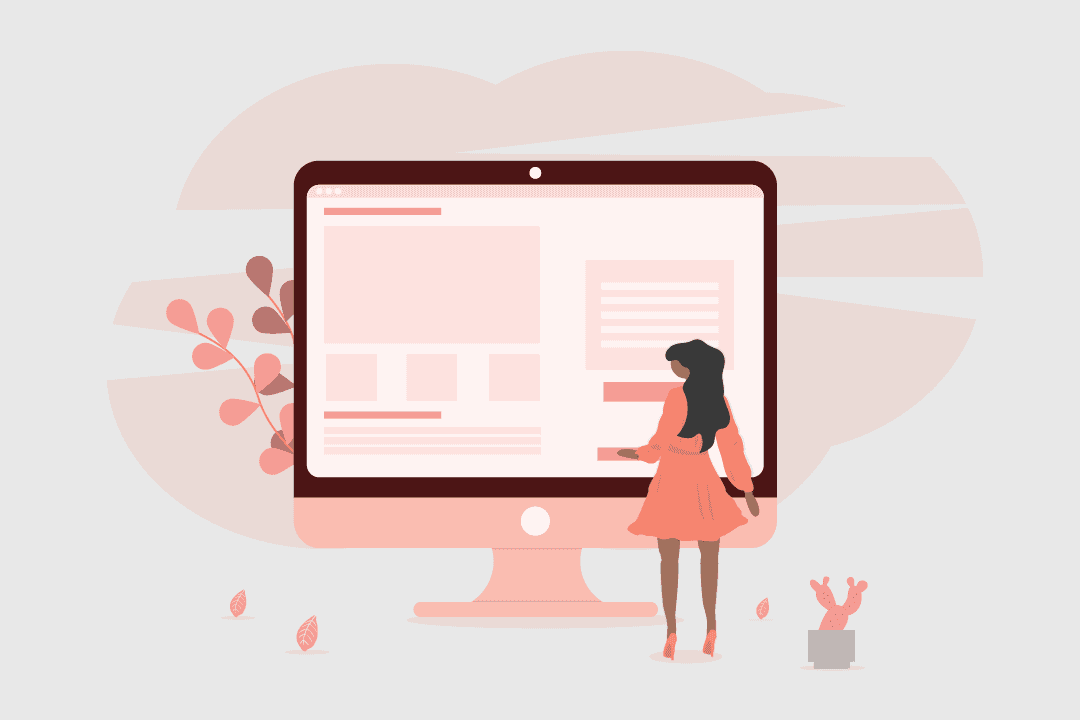How to Create Your Career in Product Design

Product design centres around user experience. The design process itself consists of thinking about ideas that will solve your audience’s problems and creating those products that are in line with what the user’s needs. Product designer jobs include a number of roles, such as
- UX designers
- Data analysts
- Prototypers
When it comes to the title of a product designer specifically, it can be quite nebulous, to say the least. Generally, they will take on the tasks of all the roles listed above. They aim to develop idea into new products. Product designers combine art and technology by using a variety of design software for their visual work in particular.
Keep in mind as well that, depending on where you work, you may need to travel from place to place for your clients, especially if you work for a multinational manufacturer.
The typical salary for a product designer is approximately $120,000 per year
What Does a Product Designer Do?
The responsibilities of a product designer are as follows:
- Discuss the design brief with clients, ensuring that their needs are met
- Analyse data related to potential solutions through user research
- Conceptualise the solution by defining objectives
- Brainstorm ideas and select the result that solves the issues listed previously
- Create a prototype for the digital product
- Facilitate user testing and gather feedback from them
- Liaise with the engineering, marketing and the rest of the design team
Skills and Qualities You Should Have as a Product Designer
Soft skills
Certain soft, human-centric skills are crucial to have in this role, including:
- Creativity
- Attention to detail
- Excellent verbal and written communications skills
- Strong visual and spatial awareness
- Strong interpersonal skills
- The ability to handle pressure, especially when it comes to deadlines
Hard skills
This area also requires a range of hard design skills. Here are some of the relevant tools:
- Photoshop
- Dribbble (animation program)
- After effects
- Excel
- InDesign
- Illustrator
While you don’t have to learn every piece of software, you might need to work on multiple tools. It usually depends on where you work and what you specialise in.
You’ll also need to learn code like HTML, CSS, and have a strong grasp on UX writing.
Education and Work Experience
While there are product designers out there without a degree or experience, you are at a serious disadvantage without them. Therefore, for this career path, you should complete:
- A Bachelor’s Degree in Art and Design
- Any related degrees in the design field, including technology studies
Look for degrees that also involve work experience, ideally a year’s worth. This will give you a good opportunity to add a project to your portfolio.
For the tools listed above, you can learn more through tutorials online, though when it comes to your resume, you might need a more professional qualification. A short course can fill in any gaps in your knowledge.
A user experience design course looks at how to obtain information on what users want while also teaching you about storyboarding, research methods, portfolios and the many other fundamentals of user experience.
Creating a Standout Portfolio
Not only will you need the education under your belt, you’ll have to compile a portfolio of your best work. As was mentioned previously, you can get experience through your degree, but sometimes it simply isn’t enough. How are you supposed to build up your portfolio if you can’t pin down a job, you may ask? Other than placements, participating in design competitions is another way many graduates find projects for their portfolio. Whether it be freelance work, exhibitions, or even a project that you’ve done at school, any of these is good enough to include in a portfolio.
It’s better to do as many projects as you can get your hands on, even if you don’t do exceptionally well at them. The practice is what matters here. By the end of it all, you should be able to pick three that show the great products you’ve had a hand in. Though make sure you’re not selecting your works solely on that. You want to ensure your work is relevant to the position that you’re applying for, especially when it comes to your target audience. If you can, get a professional to look at it and ask them for their feedback. Try networking by going to conferences or any other social gatherings where you can meet with other product designers.
Though at the end of the day, don’t worry about making your portfolio absolutely perfect. You’ll constantly be refining your work throughout your career.
If you’re a keen creative with a love of technology, a career in product design could reward you in ways another role might not. To dip a toe in the water, explore the way a course in user design could prepare you for a thriving career.